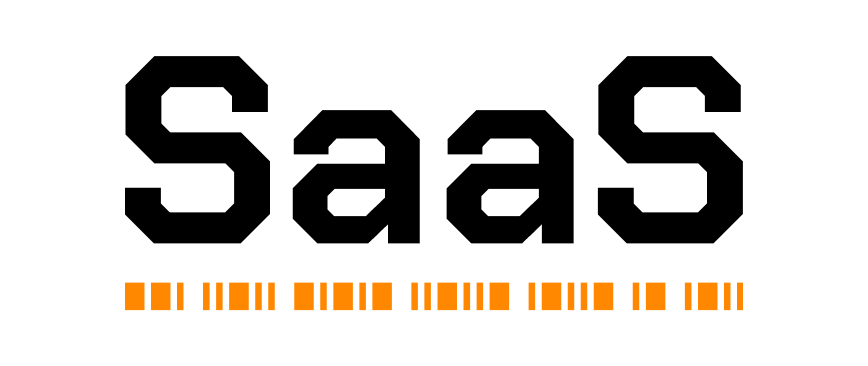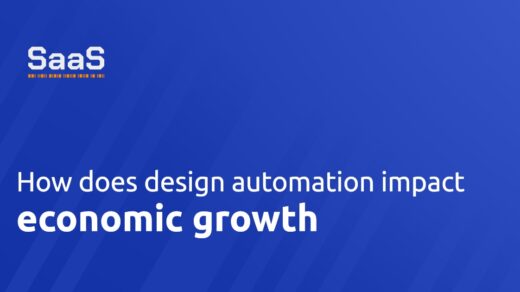How Can Design Automation Maximize Efficiency?
Design automation is a technological innovation that significant industry players have been leveraging to augment their workflow, enabling them to deliver projects faster and more accurately.
One of the benefits of design automation is that it reduces the chances of human error, which can sometimes lead to project derailments, loss of resources, and in the worst-case scenarios, project failure.
Since design automation deals with repetitive tasks and time-consuming projects, a company's design team can focus on other equally important tasks that require human intuition and creativity.
Human creativity is indeed invaluable in design, but tasks that require accuracy and speed are best handled by automation tools. Thus, design automation tools maximize efficiency by freeing the workforce from tedious tasks and allowing them to focus on more critical aspects of the project.
Unlocking the Potential of Design Automation
Design automation can do more than just handle simple tasks. Its potential is vast and involves more complex tasks like generating design variants, configuring products, and optimizing designs.
Advanced automation tools can provide a 3D visualization of the design, enabling designers to make adjustments if necessary. This level of advanced automation not only improves efficiency but also enhances the design quality, as mistakes can be spotted early and remedied promptly.
Moreover, unlocking the potential of design automation includes leveraging it to manage and perform efficient data processing. It allows analysts to interpret data, create variations, and optimize the design outputs based on the analyzed data.
In essence, maximizing the potential of design automation involves exploring its features beyond the mundane tasks and leveraging it to handle complex tasks effectively and efficiently.
Improving Productivity through Design Automation Tools
Design automation tools are not just about improving efficiency; they are primarily geared towards enhancing productivity. By automating repetitive tasks, designers can devote more time to conceptualize and innovate, thereby elevating their productivity.
One of the innovative features of design automation tools is that they can generate multiple design versions. This feature allows designers to experiment with different design variations, thereby enhancing productivity.
Additionally, design automation tools can handle time-consuming jobs like generating bills of materials and creating detailed technical drawings. This feature eliminates tedious manual work, allowing designers to focus on tasks that require intellect and creativity.
The Impact of Design Automation on Efficiency
Design automation isn't just a trendy technology; it's a game-changer that significantly impacts efficiency. It redefines the way designers work, refocusing their attention from monotonous tasks to innovative aspects of design.
With design automation, the design process becomes faster, more accurate, and less costly as repetitive tasks are automated, freeing up designers to concentrate on strategic and creative parts of projects.
Moreover, the use of this technology ensures consistency in design work, further improving efficiency. Consistency here refers to maintaining design standards and uniformity, crucial aspects in brand recognition and product development.
The advent of design automation has, therefore, dramatically impacted efficiency, helping companies to scale productivity and reduce workload pressures on their designers. The wave of this technology is continually shaping the industry, transforming processes, and redefining efficiency in design.








